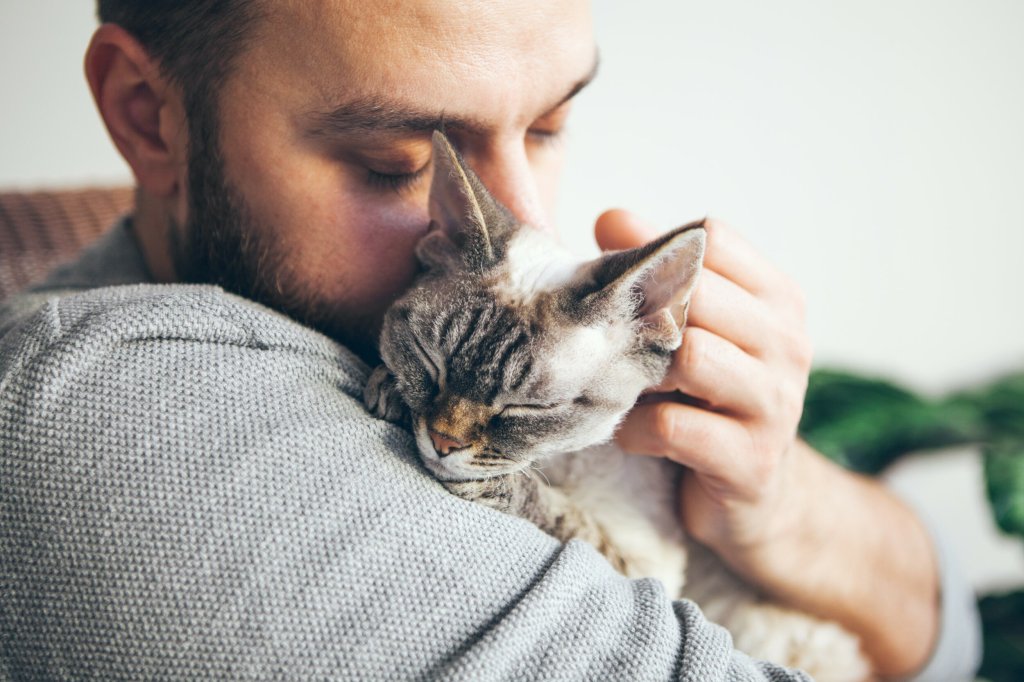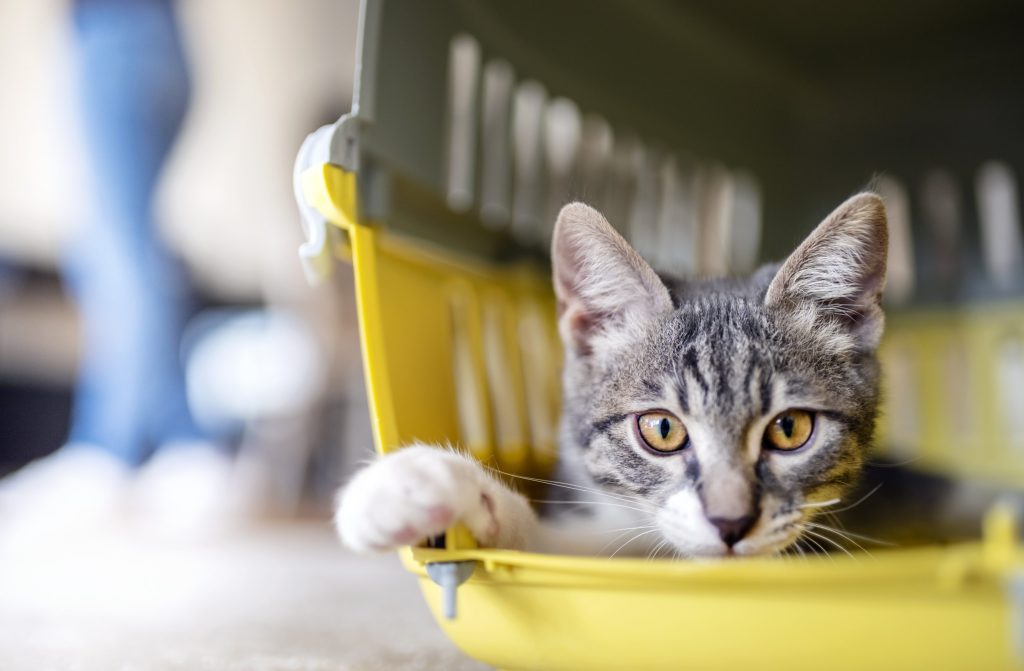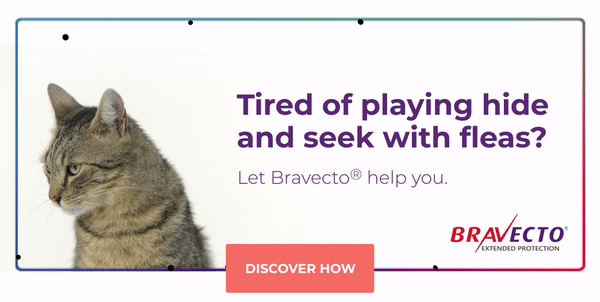Is Your Kitty ‘Into’ You – Or Not?
Kitty parents have been trying to understand their furry friends’ behaviour ever since cats were domesticated, possibly even before the time of ancient Egypt. Cats have always been inscrutable but now there are ways of figuring out what their actions mean and whether or not they actually like you!

‘Happy Paws’
Kneading (otherwise known as ‘happy paws’) and rubbing against you, are positive signs: Your kitty loves you! Be flattered. You are her chosen human!
So, why do they do it?
Kneading actually originates from when your cat was a kitten and he/she used it as a way of stimulating mom’s milk production. It is associated with the feeling of comfort. Also, kitties have scent glands under their paw pads, so that kneading transfers their scent and therefore marks their territory. It can also help to smooth out a nice spot to make a bed, whether on your duvet or on your lap.
When your cat rubs or bumps his/her head against you it’s all about showing affection.
Staring You Out

Cats use eye contact as a form of communication. In a similar way, we reinforce verbal language with body language and facial expressions, in order to convey our feelings and thoughts. We are able to ‘read’ a great deal simply by observing each other.
So, what is your cat trying to tell you by using direct eye contact?
Actually, he can use direct eye contact to check for threats and to show dominance. If you stare into your cat’s eyes, your kitty may interpret this as threatening. If he blinks, it is a way of breaking the stare and showing that no aggression was intended. If the blinking is slow, it suggests that kitty is relaxed.
A lack of eye contact from your cat does not mean that he dislikes you. In fact, it can suggest that he trusts you. Cats have wonderful peripheral vision and can see you out of the corner of their eyes.
Gifts of Small, Dead Animals
Try not to be disgusted! That mangled mouse is a present and is your cat’s way of showing she loves you.
Cats are, of course, predators and hunters by nature. They practise their very effective hunting skills when playing as kittens. This instinctive behaviour is very difficult to eradicate – unlike dog’s hunting instinct. Shouting at her will therefore not work!
Female cats especially, even if they haven’t had kittens, may show maternal behaviour by presenting you, their own, special human, with a dead or (sadly) dying bird for your breakfast.
Checking You Out
Cats are territorial and independent animals. They like to do most things alone: eating, pooping and napping in a ‘safe’ spot, which are private, kitty activities. She instinctively attempts to protect and control her territory: your home. Yes, it’s her territory, not yours. So she has to keep watch on whatever is going on, and that includes you, just in case any threatening creatures, such as predators, attempt to sneak in. So she may follow you around the house, her house, to keep an eye on you.
Cat Talk
Just as we may laugh when we are amused, surprised, delighted or frightened, so cats purr when they are contented, happy, hungry, grooming, afraid or injured. Purring may be used to self-soothe when they are in pain. We usually associate purring with a friendly, relaxed kitty, but this may not necessarily be the case.
So, how do we know what it means? The key is, look at the situation. What caused him to purr?
Kitty Body Language
When your cat rolls over and exposes his stomach to you, take it as a compliment. This is a very vulnerable position for your little predator, so he is taking this chance to show you that he trusts you, his human. You will, of course, be tempted to stroke that warm, fluffy belly, but in fact it’s unlikely that he wants you to do this. He’s simply showing you that he loves and trusts you.
A straight-up tail is also a vulnerable behaviour as it exposes a literally sensitive area which he cannot defend, for obvious reasons. It therefore suggests trust. It may also be a ‘welcome home’ signal, a greeting to another friendly kitty or deference to another cat with a higher ‘status’: It means, ‘You’re the boss.’ The straighter the tail, the more deference he is showing.
We hope that we have helped you to understand your own feline better and that you will both benefit from a closer relationship.
ZA-NON-240800001
Subscribe to our Newsletter
Get to know your furry friend better! Sign up for all things dog- or cat-related.
The Hairy Facts about the dreaded hairball
12 April 2021
Help! My dog’s barking mad! Volume 2
12 April 2021
Your Itchy, Scratchy Cat – All About Cat Skin Problems
12 April 2021
The Dog’s Diet: A Bone of contention?
01 April 2021
Mango Fly Worms: How to Spot and Eliminate them
Posted on November 28,2019
Managing Mange And Mites In Your Dog
Posted on June 11,2018
Why Do Cats Purr and How? Learn What Your Cat Is Saying
Posted on October 14,2020
How to Get Rid of Ear Mites in Dogs
Posted on November 06,2019










